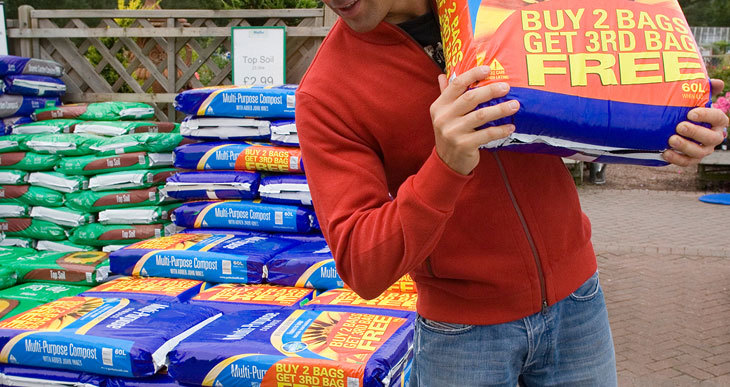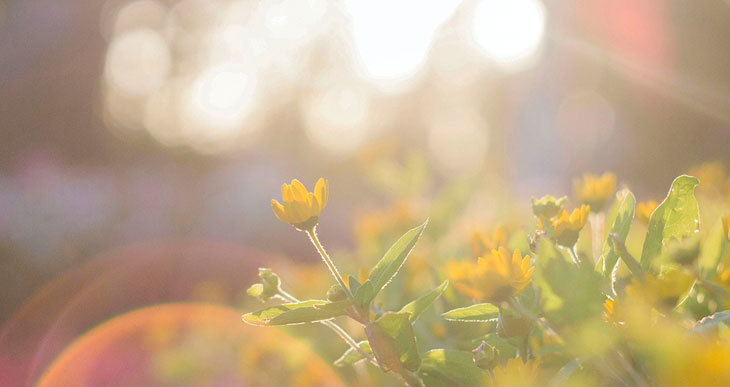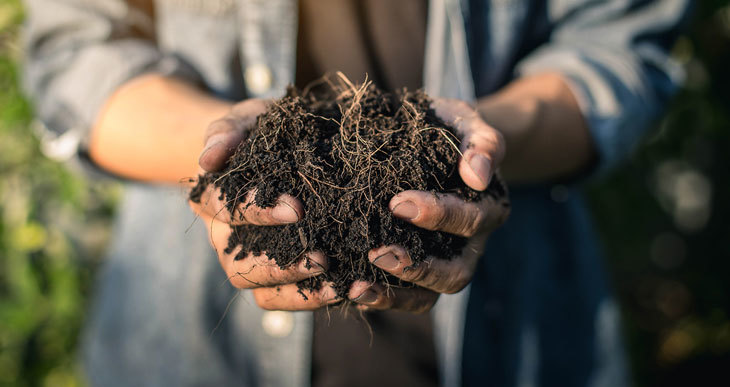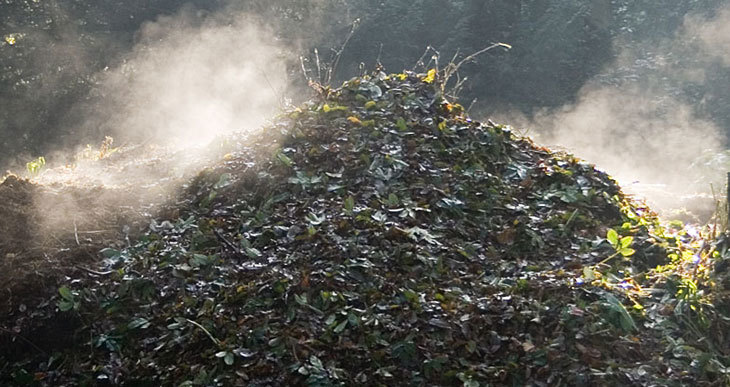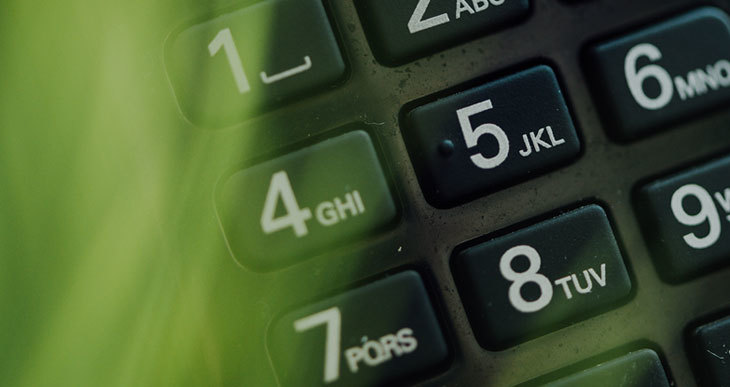What Does Finished Compost Look Like (Are You There Yet?)
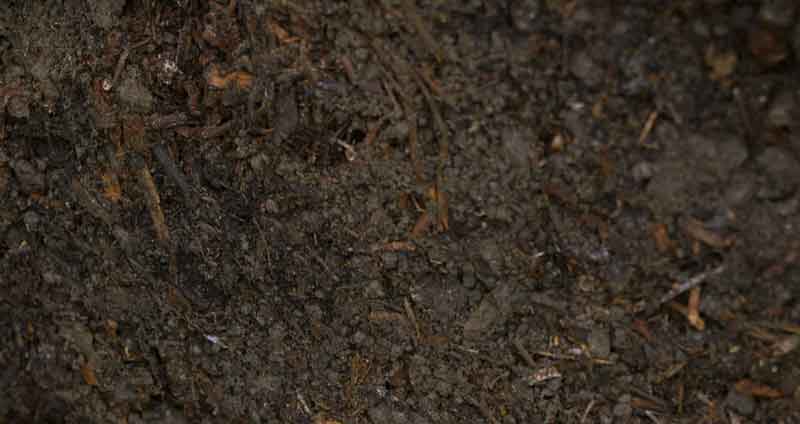
If you’ve watched your compost develop, you’ll know that the garden wastes and food scraps you tossed in look very different as time goes by.
But how do you know when the transformation is complete?
You might have heard that the ultimate form is “black gold.” But what the heck does finished compost look like exactly?
It’s essential to get familiar with the signs that your compost is ready to use because unfinished compost can harm or even kill your growing plants. And over-ripe compost is less beneficial too.
Here’s a complete how-to guide to know when compost is ready to nourish your garden.
What Should Compost Look Like When It’s Ready?
Finished compost will have shrunk by up to half the size of the original pile. It’s a rich dark-brown color, has a crumbly texture, smells pleasant and earthy, and contains no recognizable pieces of organic waste.
That being said, you might still see some bigger pieces of tough materials like branches. This is normal since these carbon-rich materials take longer to break down. You can still use finished compost even if you have a few larger chunks. Use a compost sifter like this to remove them and throw them back on the pile! (Amazon)
The thing is, you need to be confident your compost is truly ready before spreading it around your garden. Immature compost can be problematic.
Here are some tips, tests, and tricks for knowing whether compost is good to go.
How To Know When Compost Is Ready
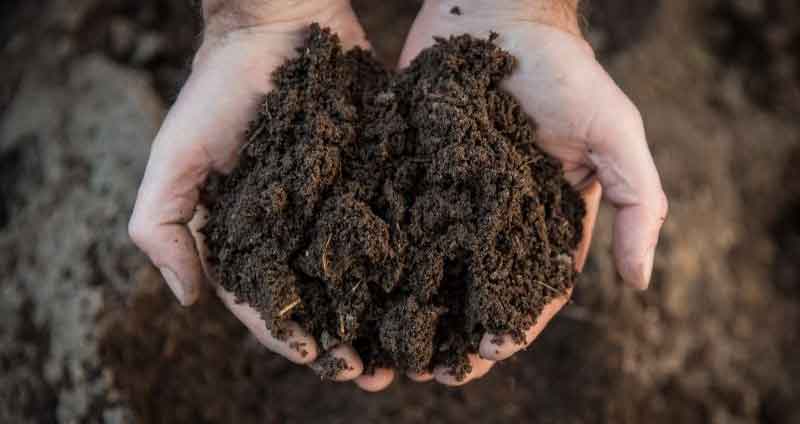
Long-time composters have an eye for finished compost. They can tell it’s ready by how it looks, smells, and feels. However, suppose you’re still getting a feel for composting. In that case, you can do tests to check whether your compost is good to use.
How Do I Know If My Compost Is Good?
Listed below are the characteristics that show your compost is ready (and clues it needs more time to mature). Plus, tests you can do to be sure it’s time to add your compost to your garden.
Use Your Senses To Tell If Your Compost Is Ready
Here’s what finished compost looks, smells, and feels like:
- Look: Finished compost looks similar to gorgeously rich soil. It’s deep brown and has no bits and pieces you can identify (so you can’t spot that watermelon rind or teabag you threw in a while back). There will also be a lot less of it than when you started composting. As a heap of organic wastes breaks down, it can shrink to about 50%.
- Smell: Finished compost smells earthy – it’s close to how soil smells after a thundershower and might make you want to dig right in.
- Feel: Finished compost is fine and crumbly. The compost’s overall temperature is roughly the same as the air temperature. It also feels lighter than soil.
What does unfinished compost look like?
You might also find it helpful to know what finished compost shouldn’t look, smell, and feel like. For example, these are signs that your organic wastes need more time to break down:
- Look: Unfinished compost is about the same volume it’s been from the start, and it’s filled with organic wastes you can recognize.
- Smell: Unfinished compost smells a little sour and might have hints of ammonia.
- Feel: Unfinished compost feels slimy and lumpy and has a hot center.
Do Tests To Tell If Your Compost Is Ready
If, after scrutinizing your compost, you’re still not sure whether it’s ready, try one of these tests:
- Sniff test: Put a handful of compost into a resealable bag, seal it tightly, then put the bag out of the way (to stop family or friends from mistaking it for chocolate brownie crumbles). After three days or so, sniff inside the bag. If the compost smells sour, give it more time to mature. If it smells earthy, it’s ready for your garden.
- Radish test: Fill a pot or two with compost, and then plant radish seeds in the compost. If at least three-quarters of the radish seeds grow into young radishes, your compost is plant-friendly. Radishes are excellent for this test because they sprout and grow quickly – they can become fully grown veggies in three to five weeks!
How Many Months Does It Take For Compost To Look Like Soil?
Unfortunately, it can take a month to a year (or even two years) before compost looks like soil.
The time organic wastes take to break down into something resembling soil depends on several factors, including the following:
- Composting method. Hot composting is the quickest, taking from three weeks to a few months; worm bins take three to six months; and cold composting is the slowest, taking a year or two.
- The type of organic waste. Decomposition takes longer when there aren’t enough greens (nitrogen-rich organic scraps like fruit and veg peels) compared to browns (carbon-rich organic wastes like dry leaves and paper).
- The size of organic wastes. Wastes break down faster when they’re shredded than when whole.
- Weather conditions. Warm, sunny weather speeds up the composting process.
Earlier, I pointed out that finished compost should be free of anything you can recognize. There are some exceptions. While mature compost shouldn’t contain moldy bread and slimy lumps that look like parts of fruit and veg, it can have things like eggshells, avocado pits, peanut shells, corncobs, and twigs.
These items are called “overs,” and they can take a year or more to break down completely.
You’ll often find overs in otherwise finished compost. If overs are hanging around in your compost, all you need to do is pick or screen them out. Spot just a few out-of-place corncobs or wood chips? Pick them out by hand. See overs all over? Screen them out.
You can buy a compost sifting screen or make your own out of half-inch hardware cloth stapled over a wood frame. Put your screen over a wheelbarrow, shovel compost on top, and shake or scrape the compost against the screen. Throw aside whatever doesn’t fit through the screen’s holes. (Amazon links)
After you’ve worked through all your compost, you’ll have a wheelbarrow of finished compost for your garden and a pile of organic wastes you can put back to break down further.
What Happens If You Leave Compost Too Long?
Compost isn’t like wine and cheese, which gets better with age. Unfortunately, a few months after compost gets to the stage that it’s considered finished and garden-ready, its quality can drop.
You should use compost within three to six months of finishing for the best results. Wait longer than this, and the compost will start losing its nutrients.
Although compost is called finished when it looks like rich soil, it’s actually still being broken down by composting microorganisms. Therefore, it’s safe to add compost to your garden at this stage; the organisms are just making the finishing touches to turn compost into humus. Humus, not compost, is the actual final product of composting.
Compost takes years to break down entirely and become humus. Of course, you ideally want to use your compost before it turns into humus (while it’s still rich in nutrients), but humus is also good stuff.
Humus helps soil lock in moisture and improves its structure, making it easier for air and water to flow where it’s needed. So, while old compost isn’t as beneficial as fresh, it can still make your soil healthier.


